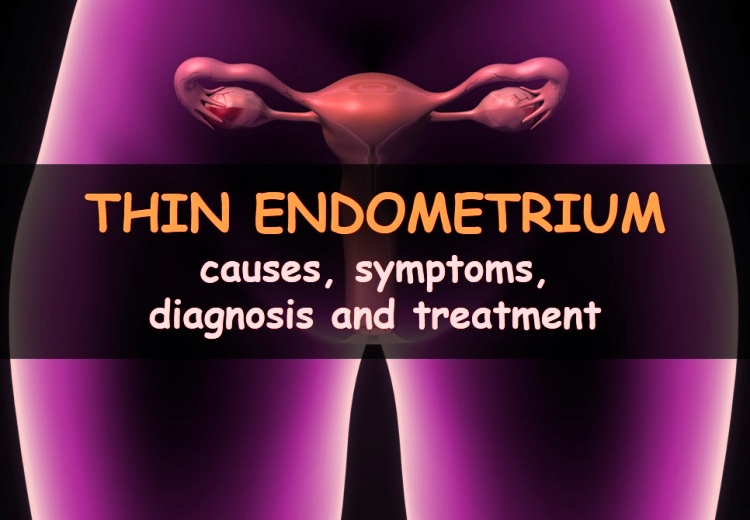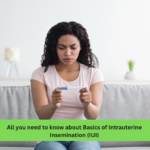Everything You Need to Know About Thin Endometrium
The female uterus carries the fetus throughout the pregnancy. There are three layers in the uterus, namely innermost layer called the endometrium, the middle layer and the outer layer. Uterine lining ensures the effective implantation of embryo in the uterus. During the course of pregnancy, the uterine lining nourishes the fetus.
Endometrium is kept thick and rich with blood by the estrogen hormone. The uterine lining should be at least 8mm thick to be satisfactory. If it is less than 7mm, the condition is called Thin Endometrium.
Causes:
The major causes of a thin endometrium are low estrogen levels and inadequate blood flow. Fibroids and abnormal periods can also contribute to thin endometrium along with PID (Pelvic Inflammatory Disease) and Intrauterine Adhesions. Tuberculosis is another major cause of it and repeated d&c can also leads to thin endometrium. The use of clomiphene could also be excessive and the endometrial tissue could be of poor quality. When birth control pills are used for a long time, it could result in thin endometrium.
Symptoms:
Commonly experienced symptoms of thin endometirum are irregular periods or painful menses. It could also cause abnormal and irregular menstrual cycles. There could also be inadequate menstrual bleeding. There could also be issues related to infertility.
Pregnancy in Thin Endometrium
Women who have issues and problems with getting pregnant or holding their pregnancies, the estrogen levels should be checked out. The endometrium thickness should also be checked. For women to successfully be impregnated, the endoemtrium should be at least 8 mm thick. In case it is not sufficiently thick, implantation does not occur properly and could ultimately lead to failed pregnancies. So, a person needs to undergo treatment for thin endometrium in order to become pregnant.
Diagnosis
The endometrial tissue is damaged in some cases, which is seen when the patient has endometrial tuberculosis in their medical history. It is also found in women experiencing dilatation and curettage. Thin Endometrial can examine by transvaginal ultrasound and hysteroscopy.
Treatment for Thin Endometrial Lining
There are several ways to treat a thin endometrial lining. Some of them are
- Granulocyte Colony Stimulating Factor, also known as GCSF, can be infused to increase the thickness of the endometrium, which in turn solves fertility issues.
- Estrogen Hormones in the form of tablets and gels in increasing dosage can help to thicken endometrium.
- Sildenafil is also used to increase blood flow to the uterus and thus increase the thickness of endometrium.
- ATT (ANTITUBERCULAR TREATMENT) is another treatment of thin endometrium only in case of Tuberculosis
The most common natural treatments are regular exercise, fertility massage and the castor oil packs. Endometrium shrinks due to persistent stress and it is required to remove stress levels. To alleviate stress and remove negative energy from the body, acupuncture is commonly used.






No Comments